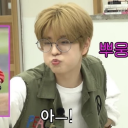Someone Please Give Me 200,000,000 In Cash And Like 2 Ibuprofen You Will Not Regret It
someone please give me 200,000,000 in cash and like 2 ibuprofen you will not regret it
More Posts from Jihyun2monster and Others
Is it my childhood trauma or my mental illnesses that make me find slashers attractive?🤔🫦

“Absolutely useless”
when internet people are like “i love gothic literature but i hate anything that discusses incest, sexual violence, oppression, misogyny, abuse, torture, gore, murder, or death”
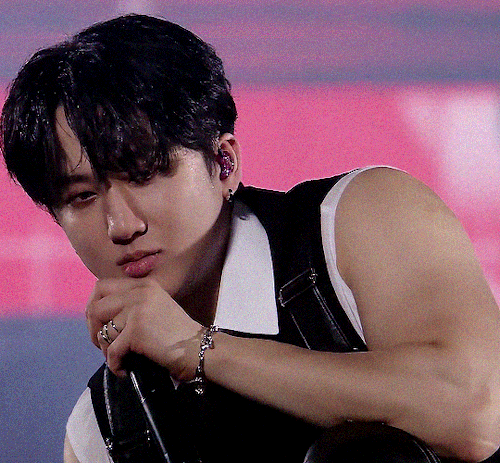
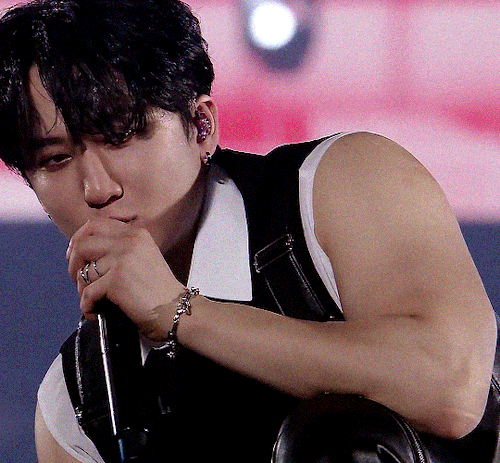
5 STAR DOME TOUR 2023: OSAKA DAY 2 | CHANGBIN


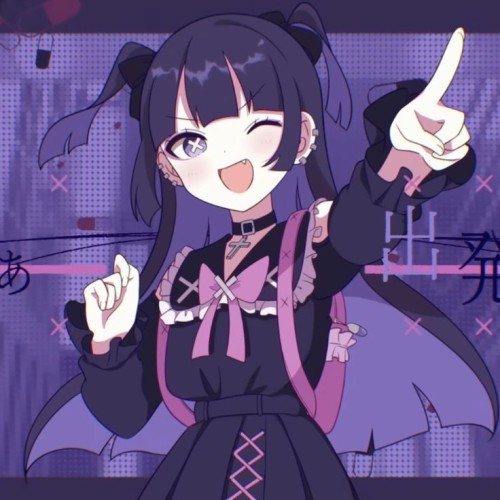

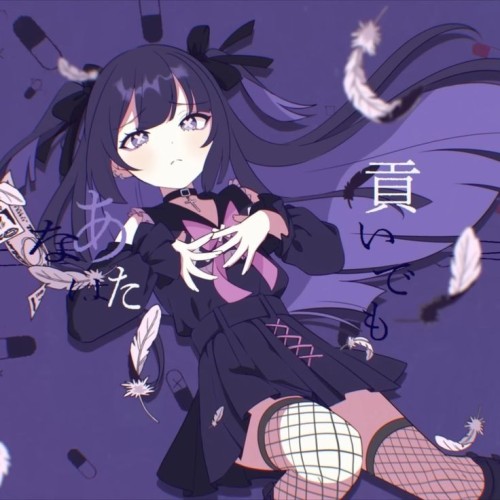

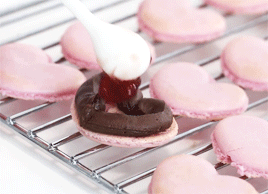
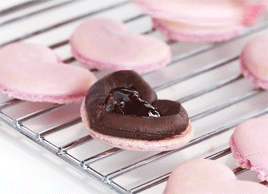
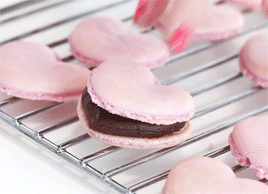
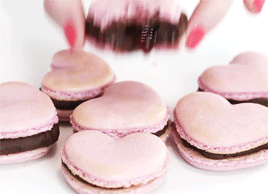
How to Make Easy Heart Macarons ♡



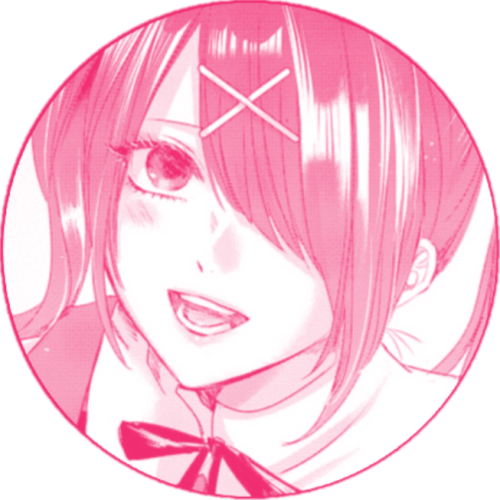


NSO Manga Anthology Icons (Illus. Wono Hinao)
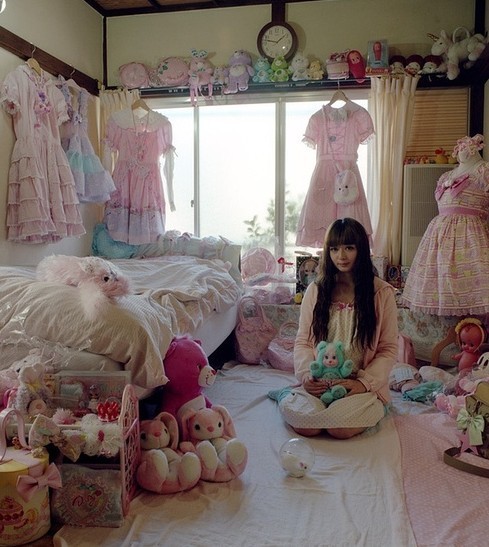
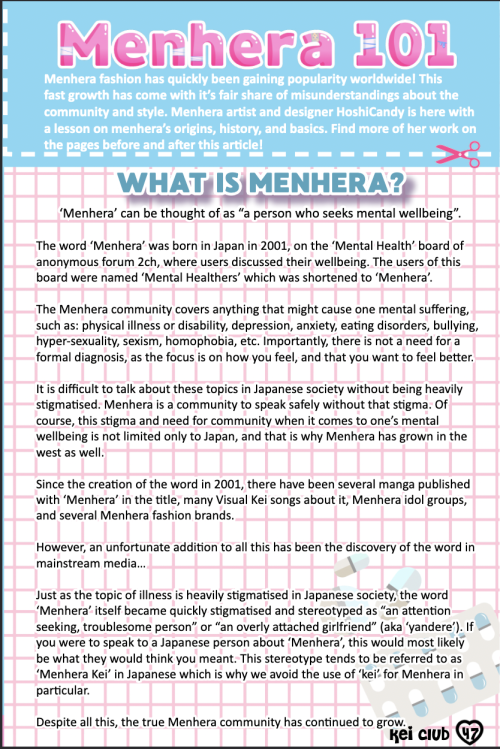



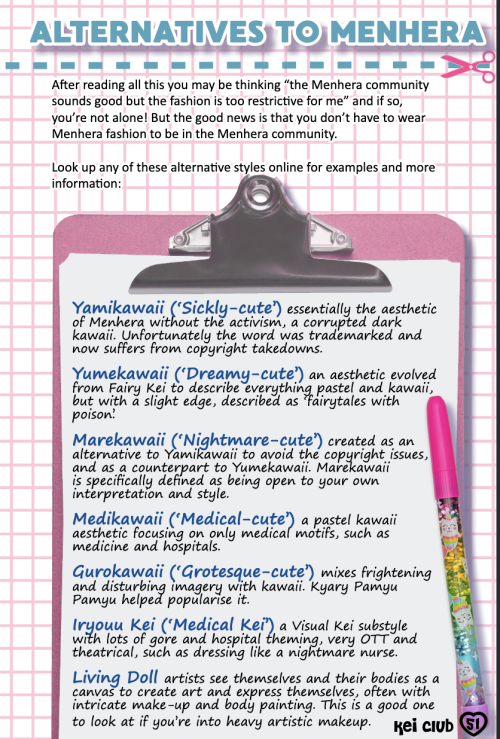
in case you haven't seen it yet, here's the menhera 101 article by HoshiCandy from Kei Club Issue 3. not sure if i'll post the other menhera related articles from this issue or not, so consider checking the link in source if you're interested.
i'm also leaving a text transcription under the cut for anyone that may benefit from that
Menhera 101
Menhera fashion has quickly been gaining popularity worldwide! This fast growth has come with its fair share of misunderstandings about the community and style. Menhera artist and designer HoshiCandy is here with a lesson on menhera’s origins, history, and basics. Find more of her work on the pages before and after this article!
What is Menhera?
“Menhera” can be thought of as “a person who seeks mental wellbeing”.
The word “Menhera” was born in Japan in 2001, on the “Mental Health” board of anonymous forum 2ch, where users discussed their wellbeing. The users of this board were named “Mental Healthers” which was shortened to “Menhera”.
The Menhera community covers anything that might cause one mental suffering, such as: physical illness or disability, depression, anxiety, eating disorders, bullying, hyper-sexuality, sexism, homophobia, etc. Importantly, there is no need for a formal diagnosis, as the focus is on how you feel, and that you want to feel better.
It is difficult to talk about these topics in Japanese society without being heavily stigmatized. Menhera is a community to speak safely without that stigma. Of course, this stigma and need for community when it comes to one’s mental wellbeing is not limited to Japan, and that is why menhera has grown in the west as well.
Since the creation of the word in 2001, there have been several manga published with “Menhera” in the title, many Visual Kei songs about it, Menhera idol groups, and several menhera fashion brands.
However, an unfortunate addition to all this has been the discovery of the word in mainstream media...
Just as the topic of illness is heavily stigmatized in Japanese society, the word “Menhera” itself became quickly stigmatized and stereotyped as “an attention seeking, troublesome person” or “an overly attached girlfriend” (aka “yandere”). If you were to speak to a Japanese person about “Menhera”, this would most likely be what they would think you meant. This stereotype tends to be referred to as “Menhera Kei” in Japanese which is why we avoid the use of “kei” for Menhera in particular.
Despite all this, the true menhera community has continued to grow.
Menhera Motifs
Artists in the Menhera community created many works of “Vent Art” art that expresses their feelings and suffering. When this art was printed onto clothing, Menhera fashion was born.
These are some themes you will commonly see in Menhera:
Medication
Suicide
Self-harm
Hospitals
Sex and BDSM
Social Media Addiction
Heartbreak
Wearing Menhera art printed on clothing serves as a way of literally wearing one’s feelings on one’s sleeves. It turns invisible suffering visible, and fights against the stigma driven silence. This means that Menhera fashion is highly confrontational, with graphic depictions of illness symptoms. Although the onlooker may feel discomfort, the Menhera style says “this is my true reality, don’t pretend it doesn’t exist!”
Depending on the feelings of the wearer, Menhera fashion also says “although I am sick, I can still be ‘kawaii’” or “although I appear ‘kawaii’, on the inside I am suffering”.
Turning the invisible visible, forcing the silence to be broken, and challenging kawaii culture, these are the goals of Menhera fashion.
The Menhera Silhouette
Carefully avoiding a highly theatrical or OTT (over-the-top) look is important for maintaining the integrity of the goals of menhera. Menhera is a very casual style, with few accessories and light makeup. The key is for a coord to centre on Menhera imagery, whether vent art or text-focused designs, printed onto clothing.
Be careful not to dress up as the characters depicted in vent art, who are often costumey, gory, and OTT.
Menhera Coord checklist:
Printed Menhera art
Byojaku/Minimal makeup
Not OTT/Few accessories
Flat Shoes
[optional] Oversized top
[optional] Hime bangs
[optional] twintails
Colors can vary: a pastel yume look, or a gothic yami look, both are fine!
The makeup style is called “Byojaku” meaning “sickly/weak”. Reddish colors are applied to areas around the eyes to give the impression of crying or illness. The rest of the face is kept plain without much color.
A Note of Caution
The Menhera community is about healing, and seeking recovery and wellbeing. It advocates getting help, medication, therapy, and receiving support through your recovery journey.
True Menhera never encourages or enables harmful behaviors, and never glorifies them. Menhera fashion is an alternative way of expressing your suffering without self-harm. Menhera fashion empowers the individual through their recovery, but does not empower harmful behaviors.
There are some, sometimes labeled by the community as “Wannabe Menhera”, who mistook the meaning of “menhera” after seeing its rise in popularity, as it being trendy to fake mental illness. They engage in behaviors such as posting self-harm photos (real or faked) to social media with the tag #menhera, and other attention-seeking behaviors.
While this is the opposite of what the Menhera community stands for, is harmful to the unfortunate viewers of these photos, and creates further stigma against the community...it cannot be ignored that these “Wannabe Menhera”, too, need help and healing.
The Menhera fashion movement is to help you feel comfortable, unashamed, and kawaii in your skin, scars and all. It is NOT for encouraging people to create new scars “for the aesthetic”.
If you are struggling with mental or physical suffering, thoughts, or behaviors that cause harm to yourself or others, please seek help. If you do not believe you deserve help, you do, please seek help. If you believe you are faking it, you likely are not, your feelings are valid, please seek help.
Don’t have access to therapy?
We found a comprehensive list of suicide prevention hotlines at https://ibpf.org/resource/list-international-suicide-hotlines [link no longer working]
There are also free and affordable counseling services online like Better Help and Pride Counseling! Look online to find what option could work for you!
Alternatives to Menhera
After reading all this you may be thinking “the Menhera community sounds good but all the fashion is too restrictive for me” and if so, you’re not alone! But the good news is that you don’t have to wear Menhera fashion to be in the Menhera community.
Look up any of these alternative styles online for examples and more information:
Yamikawaii (“Sickly-cute”) is essentially the aesthetic of Menhera without the activism, a corrupted dark kawaii. Unfortunately the word was trademarked and now suffers from copyright takedowns.
Yumekawaii (“Dreamy-cute”) an aesthetic evolved from Fairy kei to describe everything pastel and kawaii, but with a slight edge, described as “fairytales with poison”.
Marekawaii (“Nightmare-cute”) created as an alternative to Yamikawaii to avoid the copyright issues, and as a counterpart to Yumekawaii. Marekawaii is specifically defined as being open to your own interpretation and style.
Medikawaii (“Medical-cute”) a pastel kawaii aesthetic focusing only on medical motifs, such as medicine and hospitals.
Gurokawaii (“Grotesque-cute”) mixes frightening and disturbing imagery with kawaii. Kyary Pamyu Pamyu helped popularize it.
Iryouu Kei (“Medical Kei”) a Visual Kei substyle with lots of gore and hospital theming, very OTT and theatrical, such as dressing like a nightmare nurse.
Living Doll artists see themselves and their bodies as a canvas to create art and express themselves, often with intricate makeup and body painting. This is a good one to look at if you’re into heavy artistic makeup.
BFF SKZ!Fake Texts - You accidentally send them a spicy photo❤️
Genre: Smut with some chunks of fluff
✨️Masterlist✨️
Warnings: Felix is super sweet, Cursing, Seungmin goes straight into dom mode, Mentions of breaking traffic rules (I feel like ya'll know this but please be a safe driver. please)


Chan

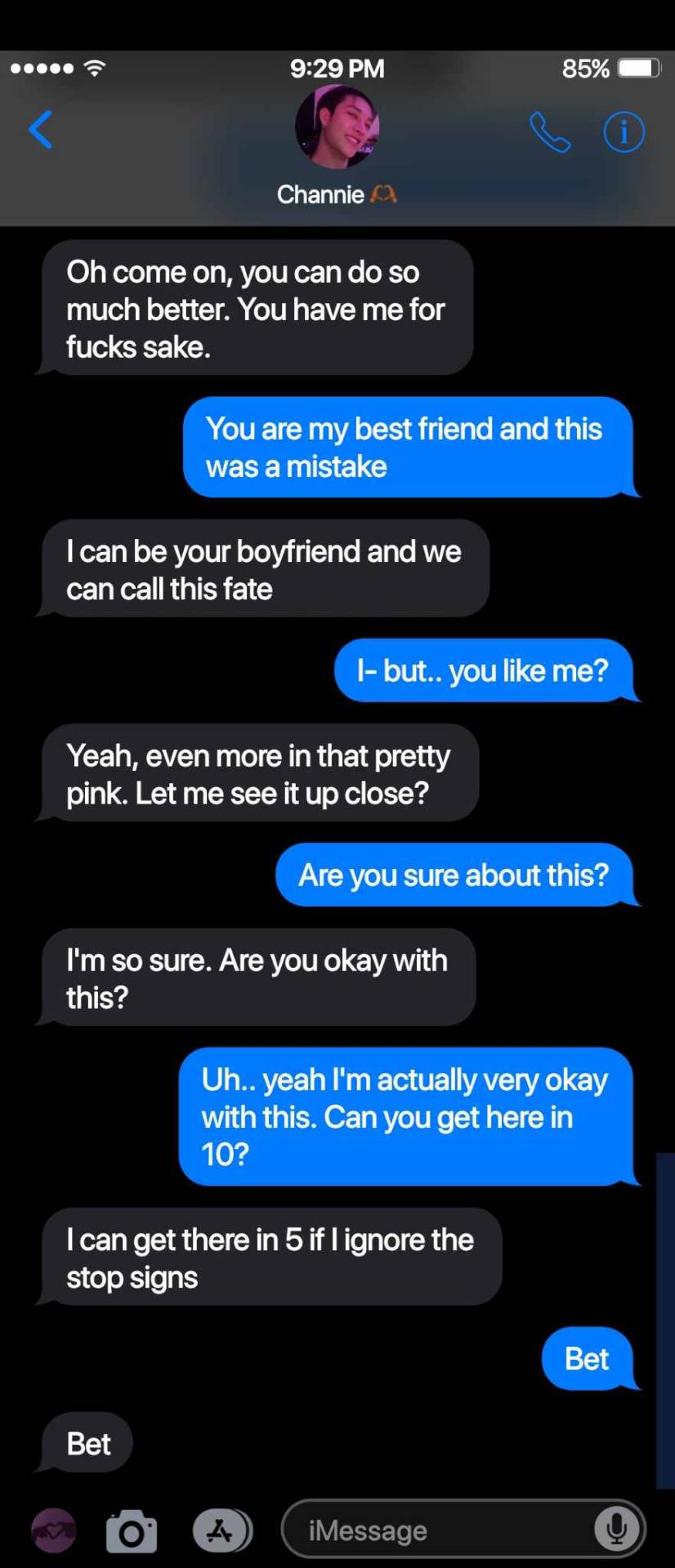
Minho/ Lee Know


Changbin
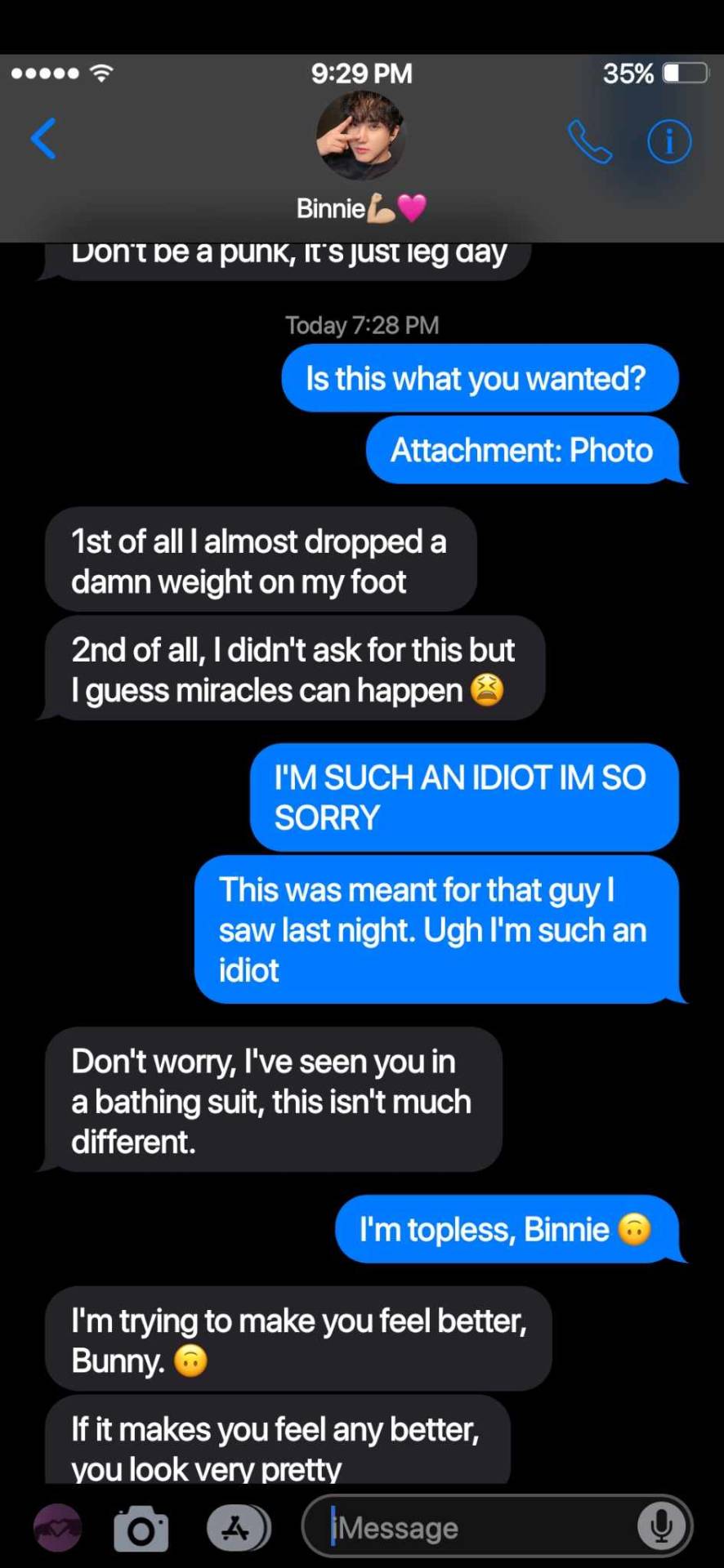
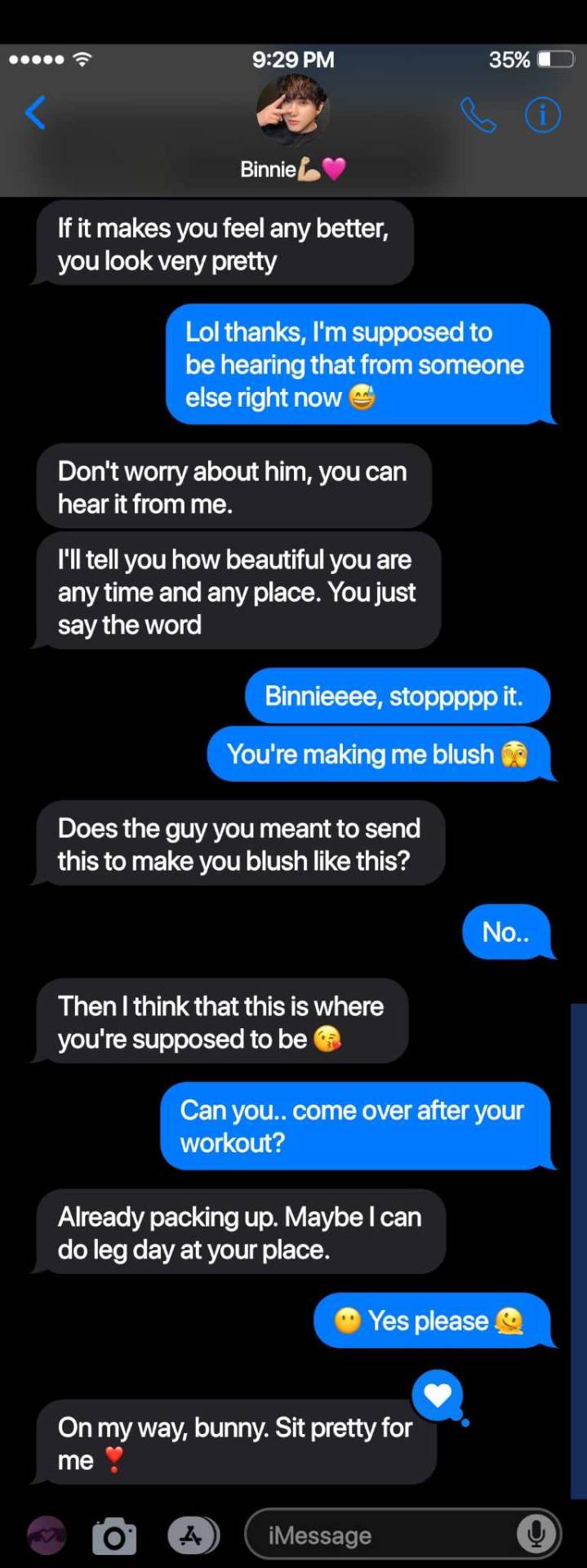
Hyunjin
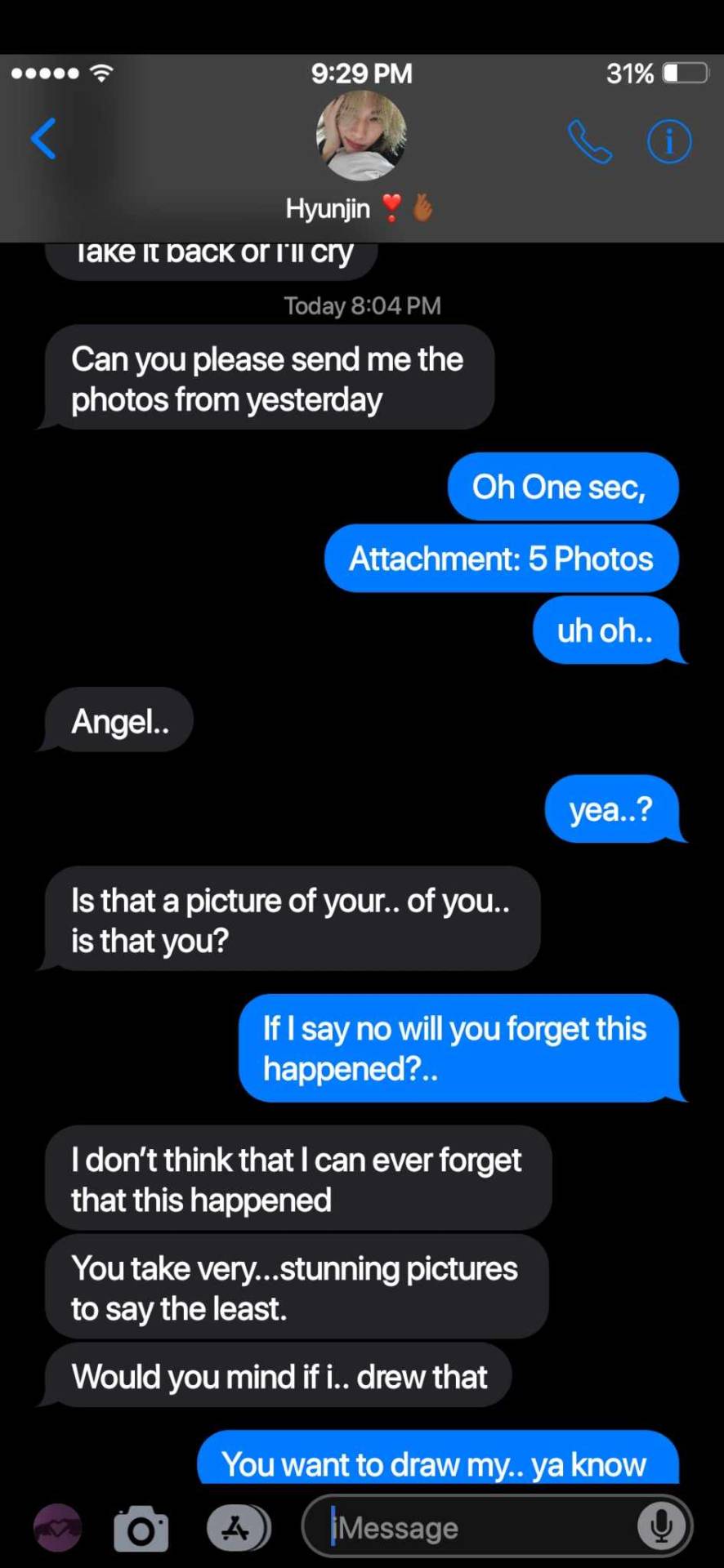
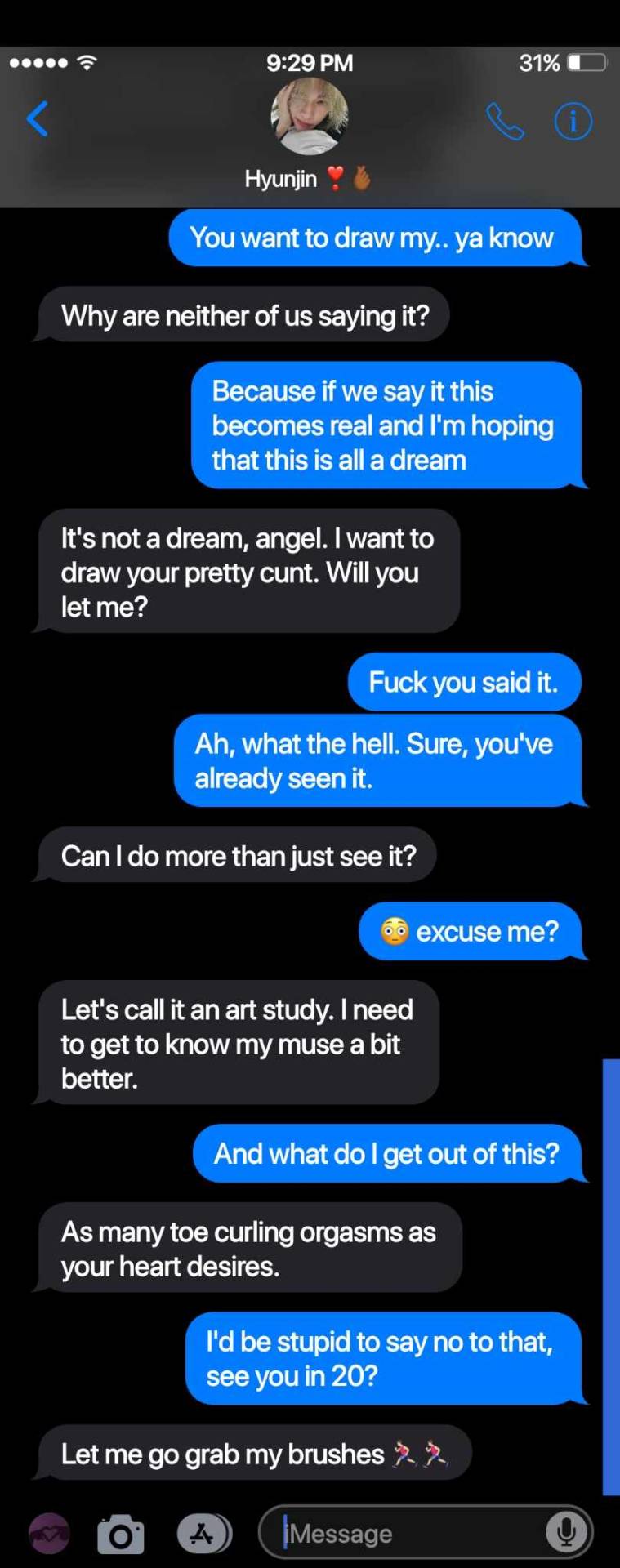
Han Jisung
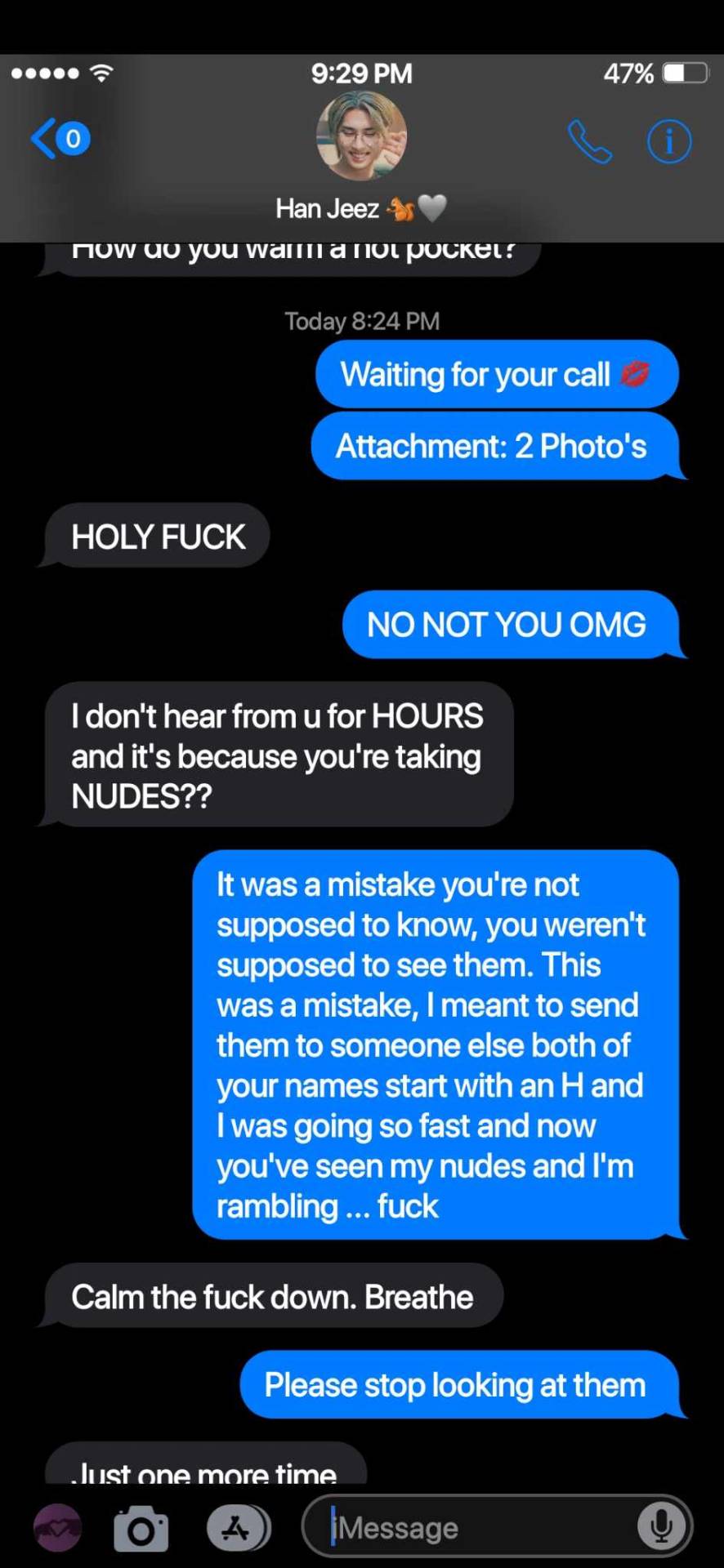

Felix

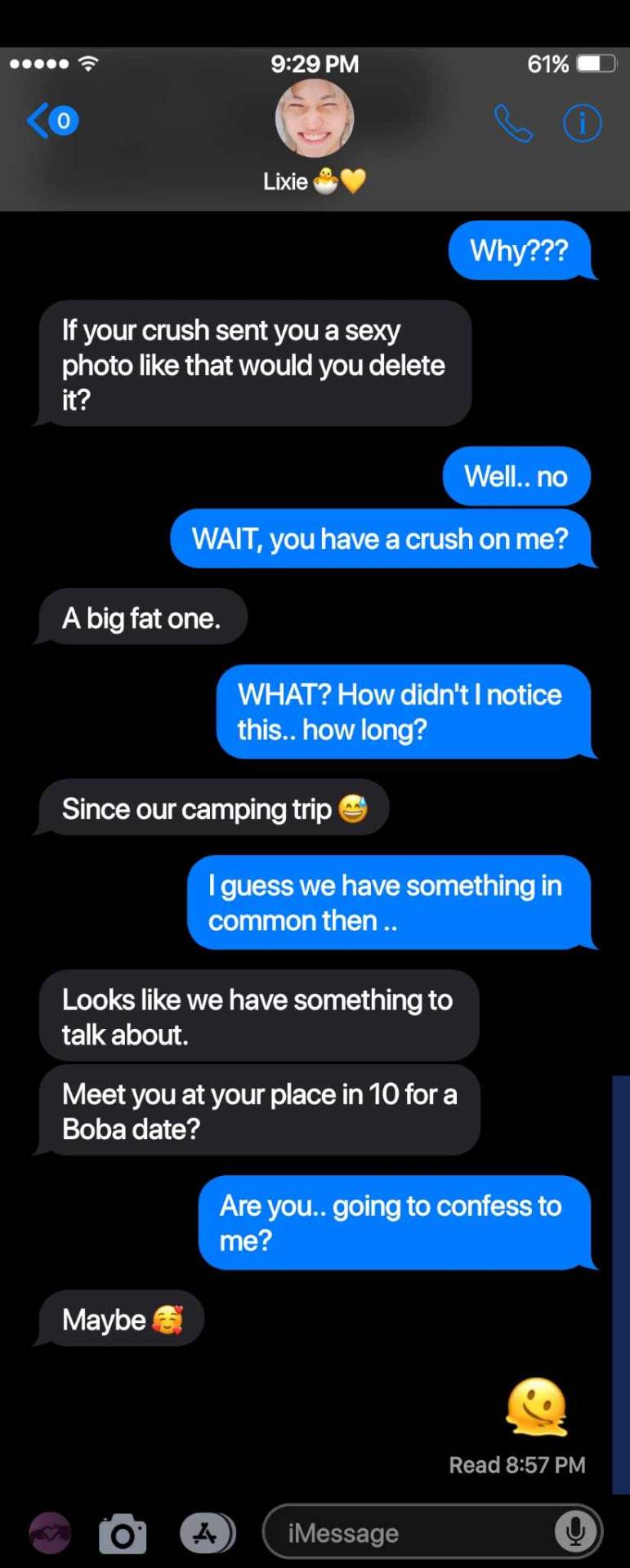
Seungmin


I.N/ Jeongin
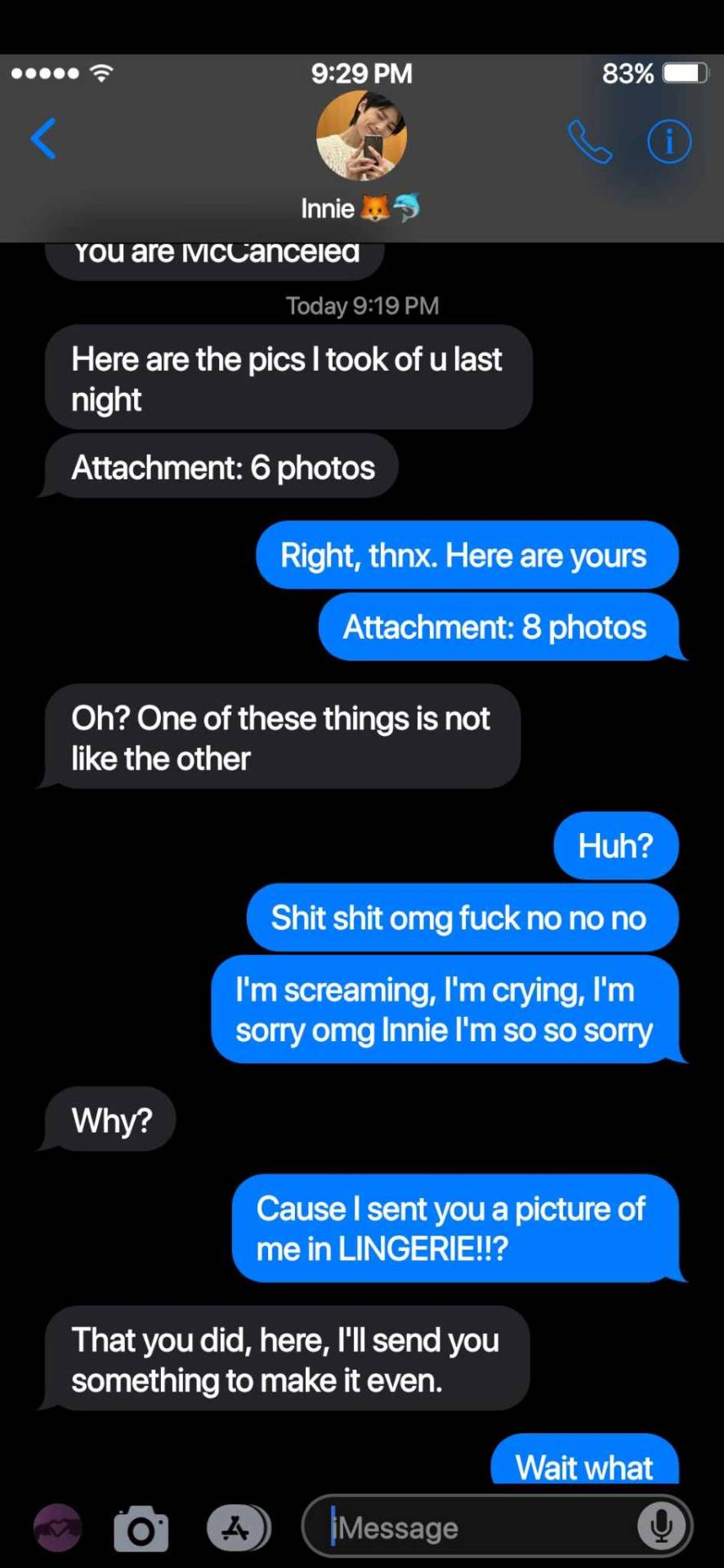


-
 blueintime liked this · 3 weeks ago
blueintime liked this · 3 weeks ago -
 samdaydreams reblogged this · 1 month ago
samdaydreams reblogged this · 1 month ago -
 arthur-lesters-childbearing-hips reblogged this · 1 month ago
arthur-lesters-childbearing-hips reblogged this · 1 month ago -
 justabit-silly liked this · 1 month ago
justabit-silly liked this · 1 month ago -
 https-lxtus reblogged this · 1 month ago
https-lxtus reblogged this · 1 month ago -
 https-lxtus reblogged this · 1 month ago
https-lxtus reblogged this · 1 month ago -
 big-big-thoughts liked this · 1 month ago
big-big-thoughts liked this · 1 month ago -
 everyonehasthoughts liked this · 1 month ago
everyonehasthoughts liked this · 1 month ago -
 patoslover reblogged this · 1 month ago
patoslover reblogged this · 1 month ago -
 tomatosoup93 liked this · 1 month ago
tomatosoup93 liked this · 1 month ago -
 beewisp liked this · 1 month ago
beewisp liked this · 1 month ago -
 azierum reblogged this · 1 month ago
azierum reblogged this · 1 month ago -
 azierum liked this · 1 month ago
azierum liked this · 1 month ago -
 howmanyholesinswisscheese reblogged this · 1 month ago
howmanyholesinswisscheese reblogged this · 1 month ago -
 majegfgkj reblogged this · 1 month ago
majegfgkj reblogged this · 1 month ago -
 majegfgkj liked this · 1 month ago
majegfgkj liked this · 1 month ago -
 cecil-less-watcher liked this · 1 month ago
cecil-less-watcher liked this · 1 month ago -
 comas-are-for-sleeping reblogged this · 1 month ago
comas-are-for-sleeping reblogged this · 1 month ago -
 comas-are-for-sleeping liked this · 1 month ago
comas-are-for-sleeping liked this · 1 month ago -
 ineffablehumanbeing reblogged this · 1 month ago
ineffablehumanbeing reblogged this · 1 month ago -
 ineffablehumanbeing liked this · 1 month ago
ineffablehumanbeing liked this · 1 month ago -
 teacup-captor reblogged this · 1 month ago
teacup-captor reblogged this · 1 month ago -
 teacup-captor reblogged this · 1 month ago
teacup-captor reblogged this · 1 month ago -
 teacup-captor liked this · 1 month ago
teacup-captor liked this · 1 month ago -
 boospooky78 reblogged this · 1 month ago
boospooky78 reblogged this · 1 month ago -
 silly4goose20 reblogged this · 1 month ago
silly4goose20 reblogged this · 1 month ago -
 silly4goose20 liked this · 1 month ago
silly4goose20 liked this · 1 month ago -
 nudibranchpropaganda reblogged this · 1 month ago
nudibranchpropaganda reblogged this · 1 month ago -
 triviachwes reblogged this · 1 month ago
triviachwes reblogged this · 1 month ago -
 neko-sunny-shadow reblogged this · 1 month ago
neko-sunny-shadow reblogged this · 1 month ago -
 chickenshark reblogged this · 1 month ago
chickenshark reblogged this · 1 month ago -
 shark-time liked this · 1 month ago
shark-time liked this · 1 month ago -
 manyreblobs reblogged this · 1 month ago
manyreblobs reblogged this · 1 month ago -
 manyllines liked this · 1 month ago
manyllines liked this · 1 month ago -
 10000ratsinatrenchcoat liked this · 1 month ago
10000ratsinatrenchcoat liked this · 1 month ago -
 crawful liked this · 1 month ago
crawful liked this · 1 month ago -
 nudibranchpropaganda liked this · 1 month ago
nudibranchpropaganda liked this · 1 month ago -
 h3lgertime reblogged this · 1 month ago
h3lgertime reblogged this · 1 month ago -
 pheonix-inside reblogged this · 1 month ago
pheonix-inside reblogged this · 1 month ago -
 cacklingskeleton liked this · 1 month ago
cacklingskeleton liked this · 1 month ago -
 justtttrash reblogged this · 1 month ago
justtttrash reblogged this · 1 month ago -
 justtttrash liked this · 1 month ago
justtttrash liked this · 1 month ago -
 wet-rat-with-a-typewriter liked this · 1 month ago
wet-rat-with-a-typewriter liked this · 1 month ago -
 shandyykh liked this · 1 month ago
shandyykh liked this · 1 month ago -
 chipothysandwich reblogged this · 1 month ago
chipothysandwich reblogged this · 1 month ago -
 chipothysandwich liked this · 1 month ago
chipothysandwich liked this · 1 month ago -
 shadowscrossing liked this · 1 month ago
shadowscrossing liked this · 1 month ago -
 cinnamonmoth-t liked this · 1 month ago
cinnamonmoth-t liked this · 1 month ago -
 icarus-b1tch liked this · 1 month ago
icarus-b1tch liked this · 1 month ago
